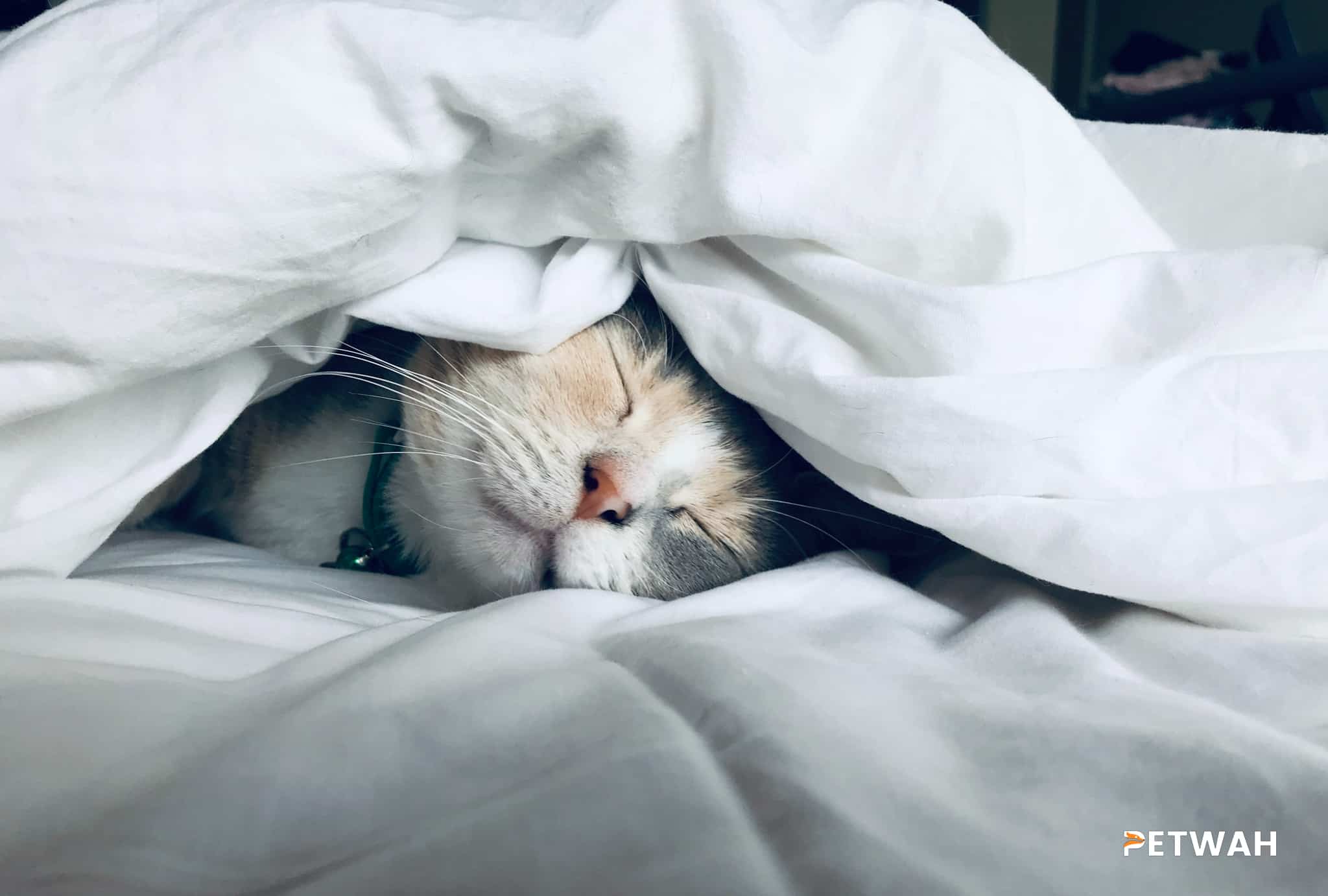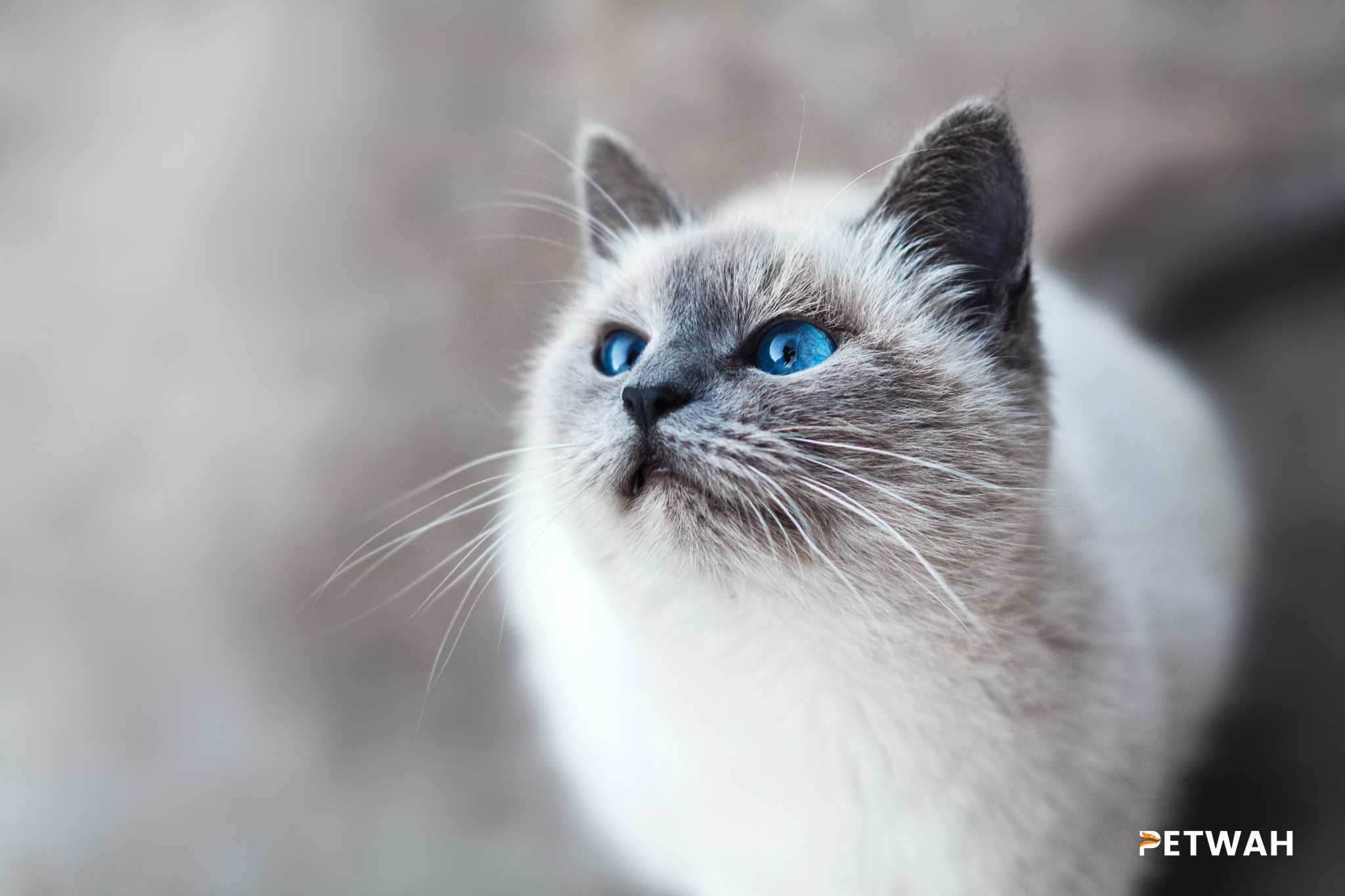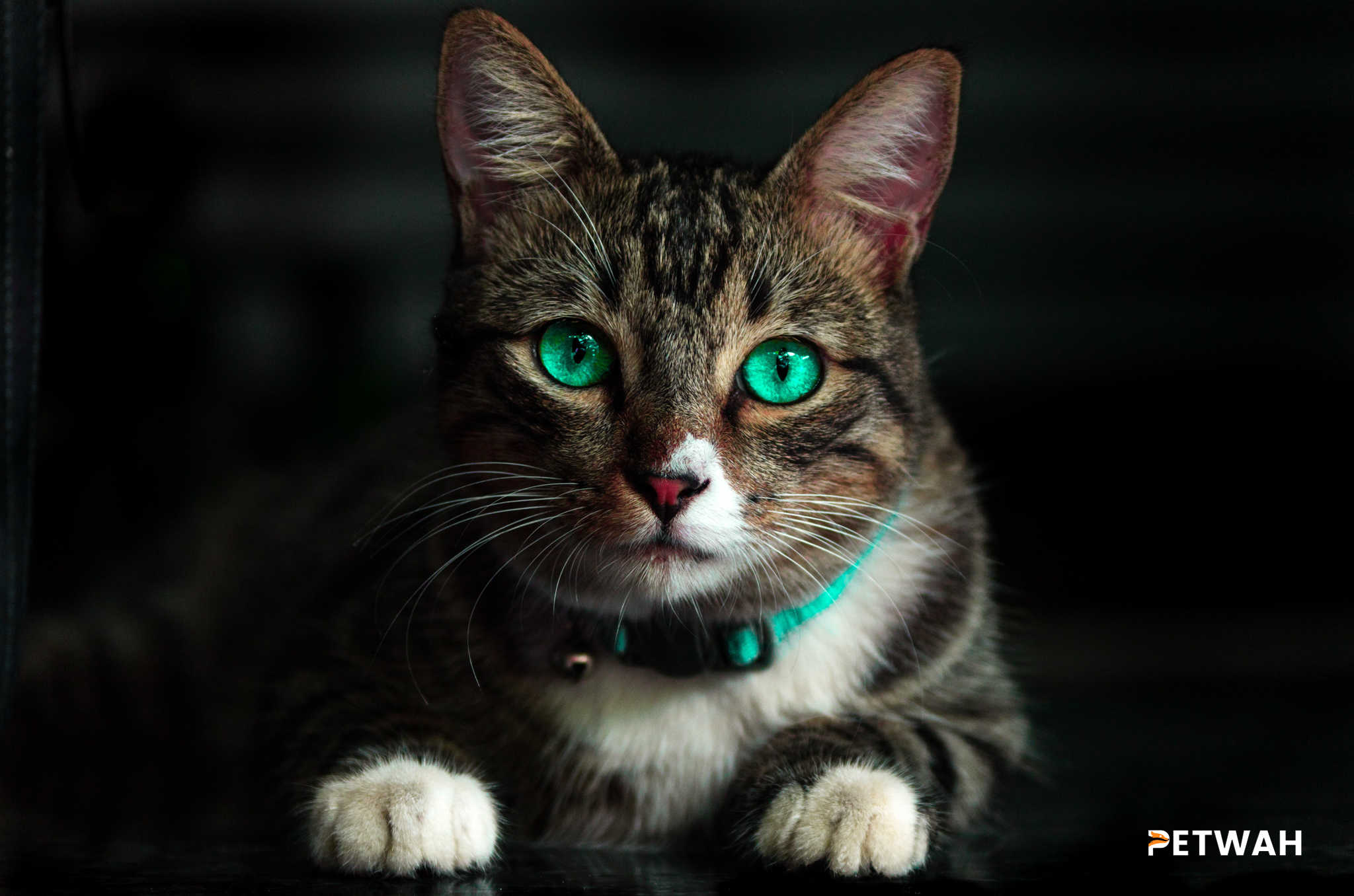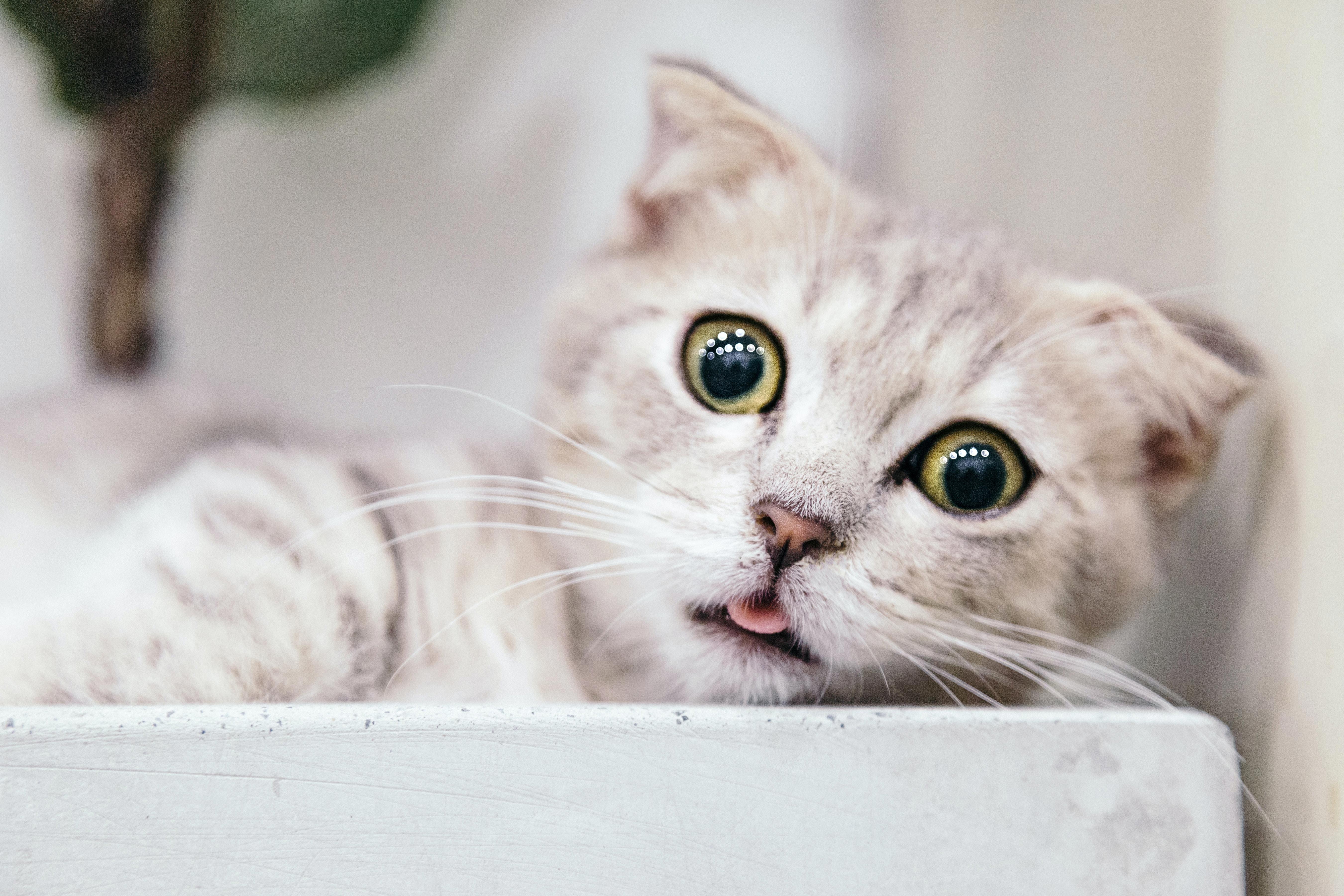Introduction:
Creating a safe and comfortable living space for your cat is a top priority for any pet owner. Cats thrive in environments that provide them with both security and stimulation. By taking a few simple steps, you can ensure that your furry friend feels right at home. From picking the right furniture to creating vertical spaces for them to explore, there are various aspects to consider. In this blog post, we will explore the steps that a couple can take to create a safe and comfortable living space for their beloved feline companion.
Choosing the Right Furniture:
When it comes to furniture, selecting the right pieces can significantly contribute to your cat’s comfort. Here are a few key considerations:
– Opt for cat-friendly materials: Look for furniture made from pet-friendly materials like microfiber or leather, which are resistant to scratching and easy to clean.
– Provide cozy resting spots: Cats love to curl up in snug spaces. Consider getting a cat bed or a cozy blanket-lined basket for them to relax in.
– Incorporate cat trees or scratching posts: These vertical structures provide cats with opportunities to climb, perch, and scratch. They offer both physical and mental stimulation.
– Set up hiding spots: Cats are natural hunters and enjoy having hiding spots where they can observe their surroundings. Consider using cat tunnels, enclosed boxes, or even repurposed cardboard boxes.

Creating Vertical Spaces:
Cats have an innate desire to explore vertical spaces. Creating vertical spaces can help satisfy their natural instincts, provide exercise, and alleviate boredom. Here are some ways to incorporate verticality into your home:
– Install wall shelves and cat walkways: These elevated pathways encourage cats to climb, jump, and explore their environment from different angles. It also helps to maximize floor space.
– Consider tall cat trees or towers: Look for sturdy cat trees or towers with multiple platforms, hiding spots, and scratching posts. This gives your cat a designated vertical space to call its own.
– Utilize window perches: Cats love to sunbathe and watch the world go by. Installing window perches near sunny windows allows them to indulge in these natural behaviors.
Ensuring a Safe Environment:
Creating a safe living space for your cat is paramount. Here are a few tips to keep in mind:
– Secure all windows and balconies: Make sure windows and balconies are securely screened or enclosed to prevent any accidental falls or escapes.
– Keep toxic plants out of reach: Some common household plants are toxic to cats. Ensure that your home is free from dangerous plants or flowers. If you’re unsure about a specific plant, consult the ASPCA’s toxic and non-toxic plants list.
– Store household chemicals safely: Keep cleaning products, medications, and other hazardous substances in securely closed cabinets or locked away to avoid accidental ingestion.
– Tuck away small objects and wires: Cats are curious and may be tempted to chew on small objects or play with hanging wires. Secure all loose wires and ensure small objects are safely stowed away.
Promoting Mental Stimulation:
A stimulating environment is vital for your cat’s overall well-being. Here are a few ideas to keep their minds engaged:
– Provide interactive toys: Toys that encourage your cat to hunt, chase, and solve puzzles can provide hours of mental stimulation. Consider toys that dispense treats or have hidden compartments.
– Create a DIY puzzle feeder: You can repurpose household items to create exciting and engaging feeding puzzles. These require your cat to work for their food, keeping their minds active and engaged.
– Rotate toys regularly: To prevent boredom, rotate your cat’s toys every few weeks, so they have new, stimulating objects to interact with.
– Establish a routine: Cats thrive on routine. Establishing a regular feeding schedule, playtime, and relaxation periods can help provide a sense of security and predictability.
Conclusion:
Creating a safe and comfortable living space for your cat involves careful consideration of their needs, behaviors, and preferences. From selecting the right furniture to providing vertical spaces and ensuring their safety, you can create an environment that promotes their overall well-being. By incorporating mental stimulation and engaging toys, you can keep your feline friend entertained and content. Remember to observe your cat’s behavior and make any necessary adjustments to optimize their living space. For more expert advice and a wide range of cat-friendly products, visit PetWah.
Frequently Asked Questions (FAQs):
1. How do I choose the right cat tree or scratching post for my cat?
When choosing a cat tree or scratching post, consider your cat’s size, age, and preferences. Look for sturdy, well-constructed options with various levels, scratching surfaces, and hiding spots. Observing your cat’s behavior can help you determine their ideal height and features.
2. Are there any specific plants that are toxic to cats?
Yes, there are several common plants that are toxic to cats. Examples include lilies, tulips, azaleas, and certain types of ferns. To ensure your home is safe, familiarize yourself with the ASPCA’s toxic and non-toxic plants list and avoid having any toxic plants in your cat’s living space.
3. How often should I rotate my cat’s toys?
It’s a good idea to rotate your cat’s toys every few weeks. This keeps their toys fresh and exciting, preventing them from getting bored. You can introduce new toys while temporarily removing older ones. This rotation system helps maintain your cat’s mental engagement.
4. Can I train my cat to use a puzzle feeder?
Yes, you can train your cat to use a puzzle feeder. Start by using a simple toy or treat dispenser and gradually transition to more complex puzzles. Show your cat how to interact with the toy and reward them with treats or praise when they successfully solve the puzzle.
5. What are some signs that my cat is not comfortable in their living space?
Signs that your cat may not be comfortable in their living space include hiding excessively, avoiding certain areas, exhibiting destructive behavior, refusing to use the litter box, or showing a lack of appetite. It’s important to observe your cat’s behavior and make adjustments to their environment accordingly.
Call-to-Action:
For a wide selection of cat-friendly products and expert advice on creating the perfect living space for your feline companion, visit PetWah.com.







